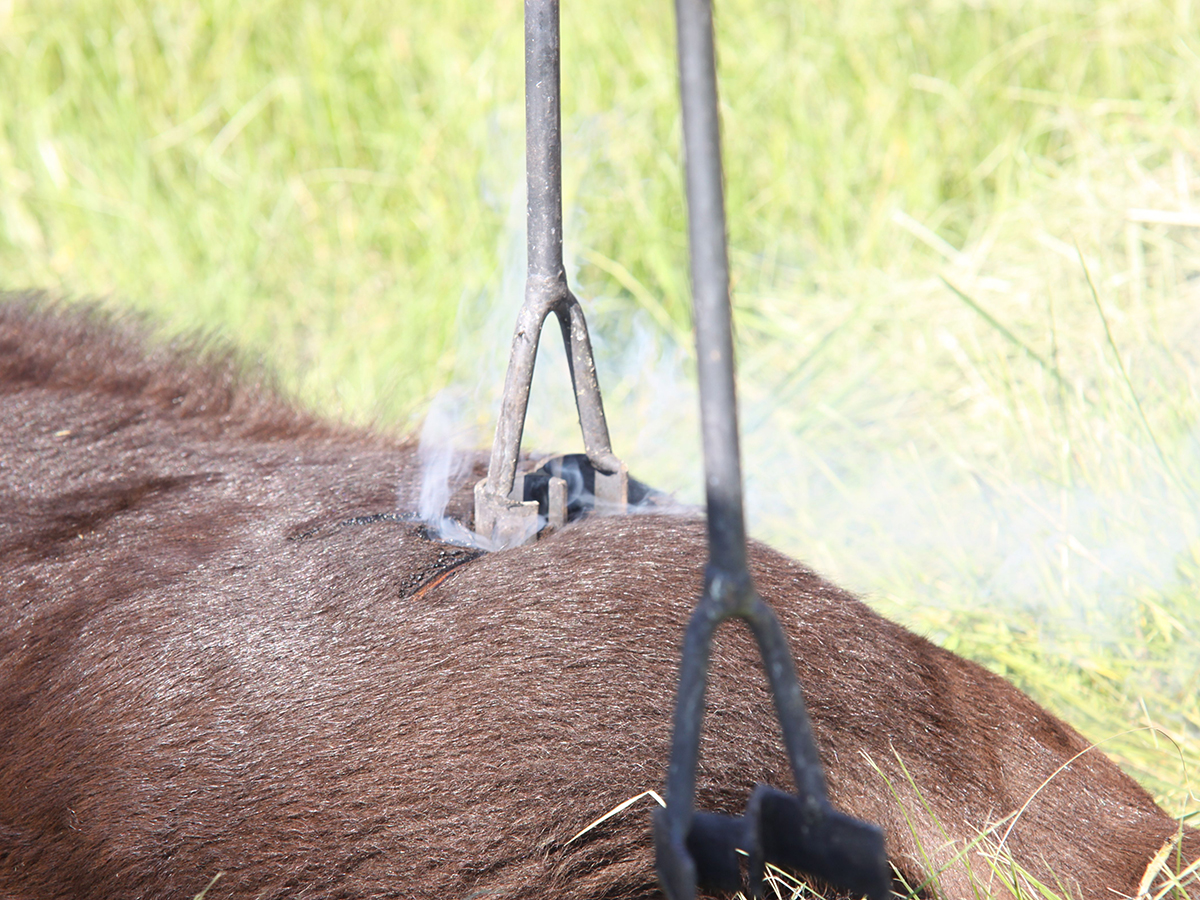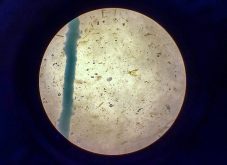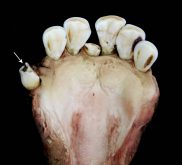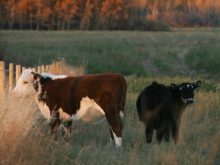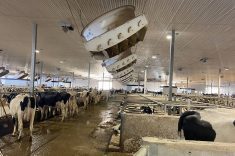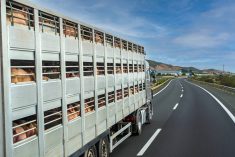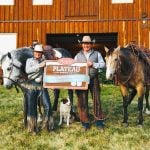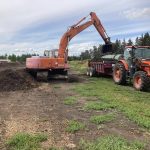Pain management continues to be a priority animal welfare issue, particularly as updates to the beef cattle code of practice loom.
Public consultations are set to begin this December with a view to a revised code by December 2026.
Related story in this issue: Pain control at castration in calves has obvious benefits
Read Also
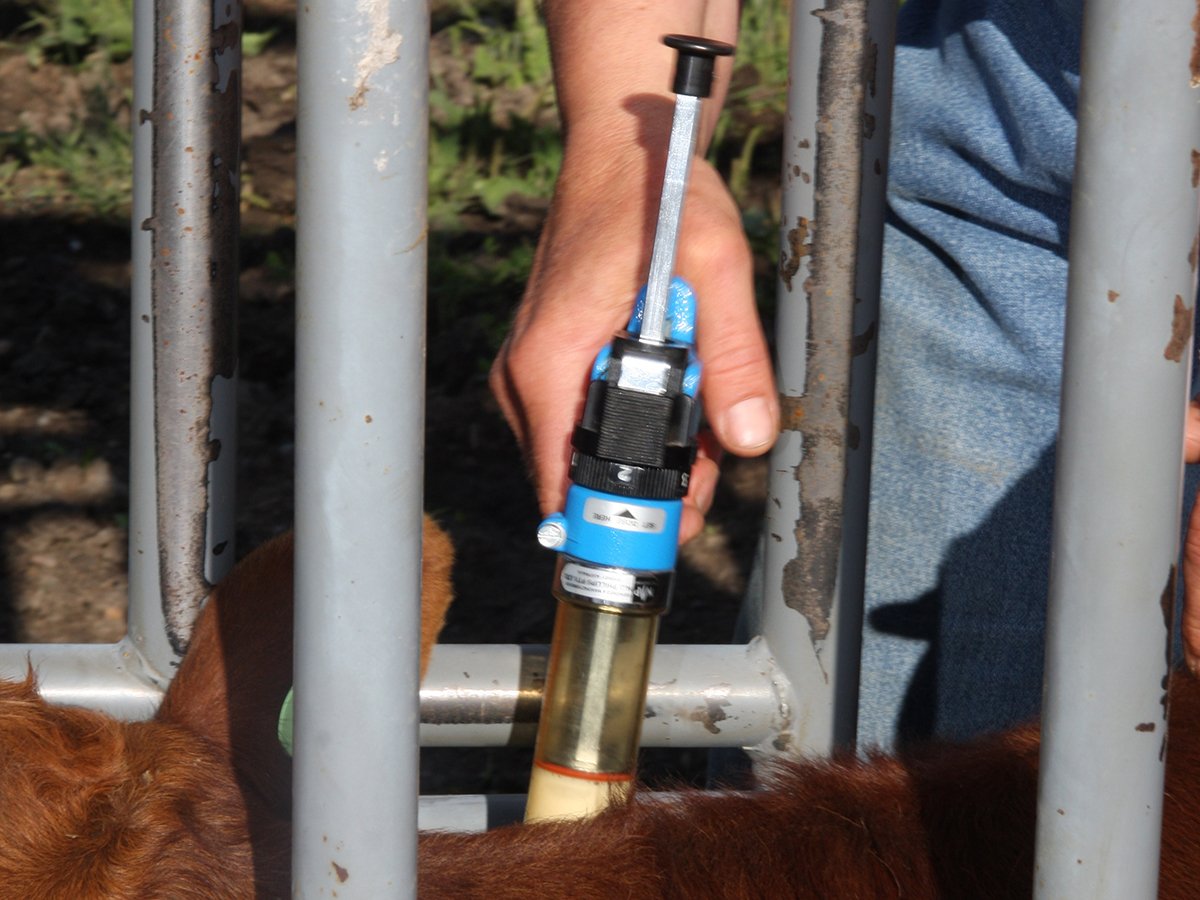
Canada must address potential veterinary drug shortages
If critical products are unavailable when needed, it could result in unnecessary human and animal deaths in the worst-case scenario.
Diego Fernandez Moya, assistant professor at the Western College of Veterinary Medicine, is researching better pain management protocols.
Cost, efficacy and practicality all have to be addressed, he told the Saskatchewan Beef Industry Conference.
Castration, branding and dehorning, or debudding, are three painful practices that haven’t received enough attention in terms of pain mitigation, he said.
Research found only about 25 per cent of respondents used pain control for these practices, even though they range as high on the pain scale as other procedures. There is no way to accurately tell how much pain an animal is experiencing, but there are behaviours that indicate pain.
Moya said the Canadian Veterinary Medical Association and the dairy code of practice both call for the use of anesthesia and analgesics at any age. Beef cattle recommendations include undertaking procedures when the animals are as young as possible.
He said producers are doing better when it comes to preventing pain.
The Canadian Cow-Calf Survey found in 2017 that 10 percent of producers always used pain control when castrating. In 2024, respondents reported that it was up to 26 per cent for the 2022 breeding season. Another 20 per cent said it would depend on the age and method, and 53 per cent said never because they castrate at younger than three months of age.
For dehorning, 47 per cent always use mitigation now compared to 31 per cent in 2017, while 23 per cent said it depends on age and method and 30 per cent said never. That latter category was down from 55 per cent earlier.
When castrating, band castration causes less immediate pain but results in chronic pain for a longer time, while surgical castration causes more acute pain but for a short time.
Moya said analgesics can control pain for hours to days, while anesthetics require precision application and timing that can be hard to do when processing a lot of cattle.
A combination of the two is likely best, he said.
The use of Meloxicam, a nonsteroidal anti-inflammatory, has shown reduced pain behaviours in newborn and week-old calves that were castrated either surgically or with a band. Four-month-old calves demonstrated lower heart rate, cortisol and swelling. And at the feedlot, cattle treated with the medication had increased average daily gain and back fat thickness along with reduced inflammation.
Other medication, including ketoprofen, also provided some benefits but without prolonged efficacy.
Moya recently completed research of lidocaine-loaded bands, which provide a slow release of lidocaine from two hours to 28 days. This method of castration is gaining popularity in the United States.
His findings haven’t yet been published, but he found no effects on five-month-old calves and reduced haptoglobin in one-month-old calves. Haptoglobin is a blood protein that rises in response to pain or injury.
More research is required, he said.
Branding pain can be mitigated by NSAIDs, but even combining an NSAID and local anesthesia shows minimal improvement in pain related behaviour. Alternatives to hot-iron branding should be explored, Moya said.
For debudding and dehorning, he also suggests a combination of medications for best relief.
He said the code of practice will evolve to include current knowledge about pain control.




